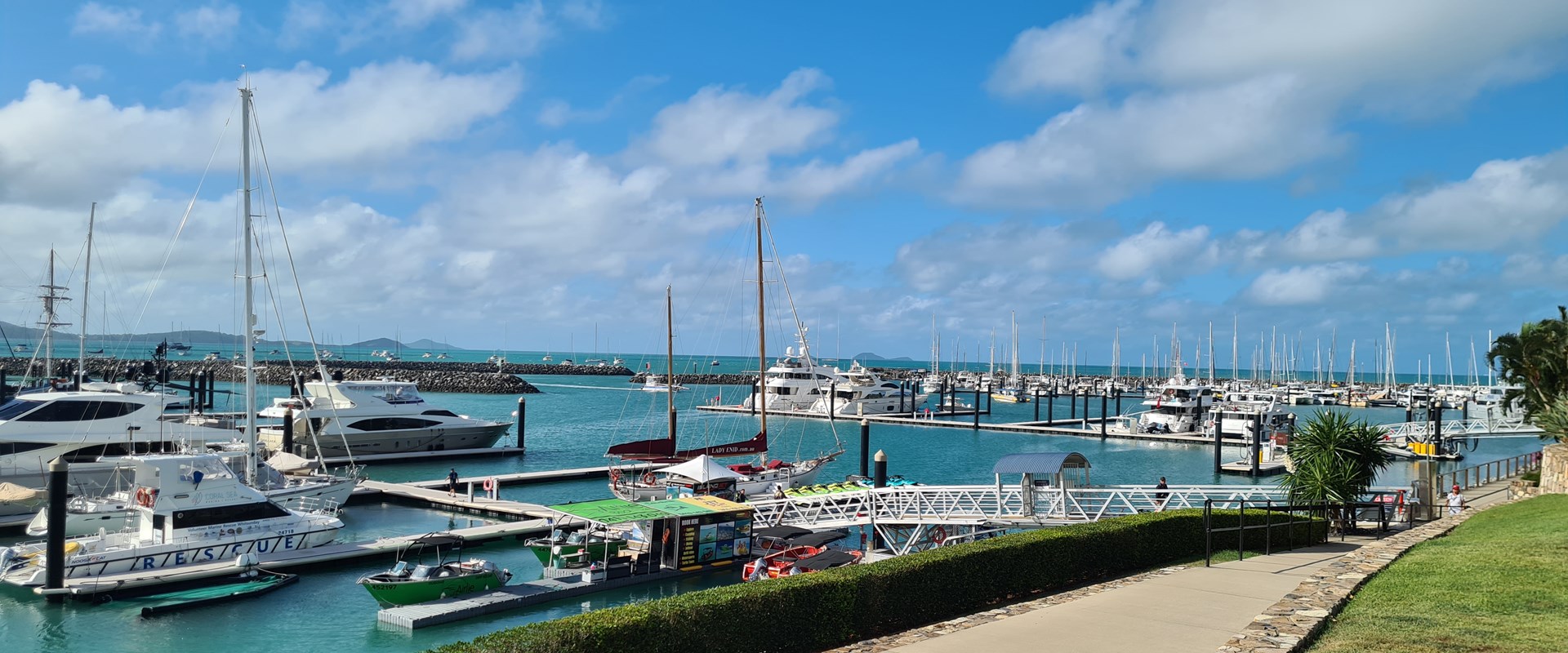
28 February 2022
How do these impact the future engineering solutions for coastal and maritime infrastructure?
In this presentation, Jeremy draws on best practice, engagement with Industry and his experience assisting with management of the International Clean Marina Program, to take a closer look at the present and emerging challenges for Marinas. He’ll also put the spotlight on 3 case studies including: Insurance, Water Quality and Decarbonisation.
About the Marina Industries Association (MIA) and International Clean Marina Program 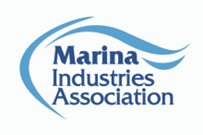
MIA is the peak representative body for marinas, slipways, boatyards, berthing, mooring and other marine storage facilities as well as sailing and cruising boating clubs.
BMT are proud of their long association with the MIA supporting environmental initiatives, such as the International Clean Marina Program.
The program encourages environmental compliance and the use of best management practices for marinas.
For more information, visit the website.
As the MIA's first ever Environmental Partner, BMT will draw on its rich history and heritage as a maritime specialist to help the sector address new challenges, particularly as they relate to environmental stewardship and addressing risks and opportunities from decarbonisation and climate change.

Jeremy Visser is a Senior Environmental Consultant with the BMT Environment Team. Jeremy has a Bachelor of Laws (Honours), Bachelor of Environmental Management (Honours) and Master of Laws through the Australian Centre for Climate and Environmental Law, as well as 8 years of post-graduate consulting experience. He is a member of the EIANZ and QELA, and BMT’s representative to the Marina Industries Association.
Jeremy’s expertise lies in environmental and maritime projects, especially for the ports, dredging, infrastructure, energy and resources sectors. This expertise includes project licencing and EIA, due diligence, risk assessment, environmental management, and compliance and auditing for all Australian jurisdictions and across the Pacific, as well as under international standards. Jeremy is also regularly involved in the execution of field data campaigns, site inspections, and client-side secondments to support the implementation of major projects.
Additionally, utilising his legal and policy expertise, Jeremy regularly works in the development and application of environmental regulation, policies and strategies in Australia and the Pacific. This includes regulatory working papers, legal and policy analysis, and environmental and infrastructure policy statements.
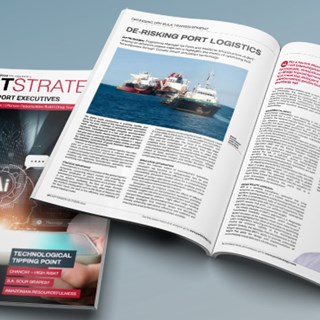
N/A
The DCN spoke to our climate change risk, resilience and adaptation expert about preparing for the impacts of a changing climate.
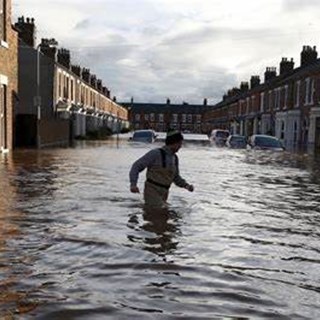
N/A
With the UK and beyond facing unprecedented consequences from rising water levels and climate amelioration, BMT are helping our clients in their need for flood alleviation, prediction, mapping and mitigation. James While talks about 5 ways we can assist our clients.

Ian McRobbie
In a Port Strategy feature, Ian McRobbie highlights the merits of optimising bulk transshipment through ‘Climate-Smart’ simulation technology, drawing on extensive project experience
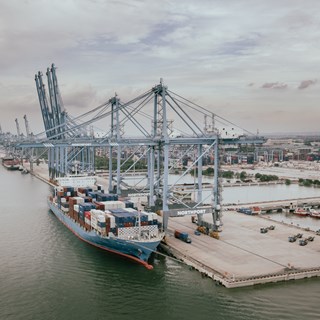
Jaret Fattori
Jaret Fattori's article in Port Strategy discusses how ports are adapting to climate change and IFRS S-2 regulations. Emphasising the shift towards sustainability through digital integration, decarbonisation, and innovative fuel alternatives, he explores the significant role of collaboration in advancing port sustainability and innovation.